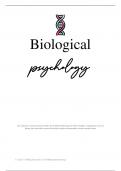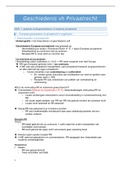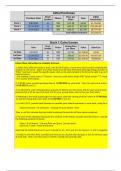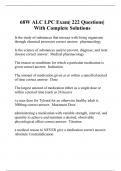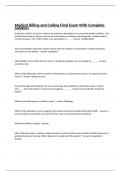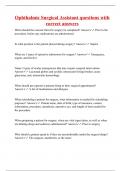Samenvatting
Summary Psychobiology - Biological Psychology (400156-B-6)
- Vak
- Instelling
- Boek
This is a detailed summary of the course Biological Psychology based on the book, lectures and other study materials that helped me understand and remember essential concepts. The document includes all the pictures needed to learn biology more easily. Good luck! :)
[Meer zien]
